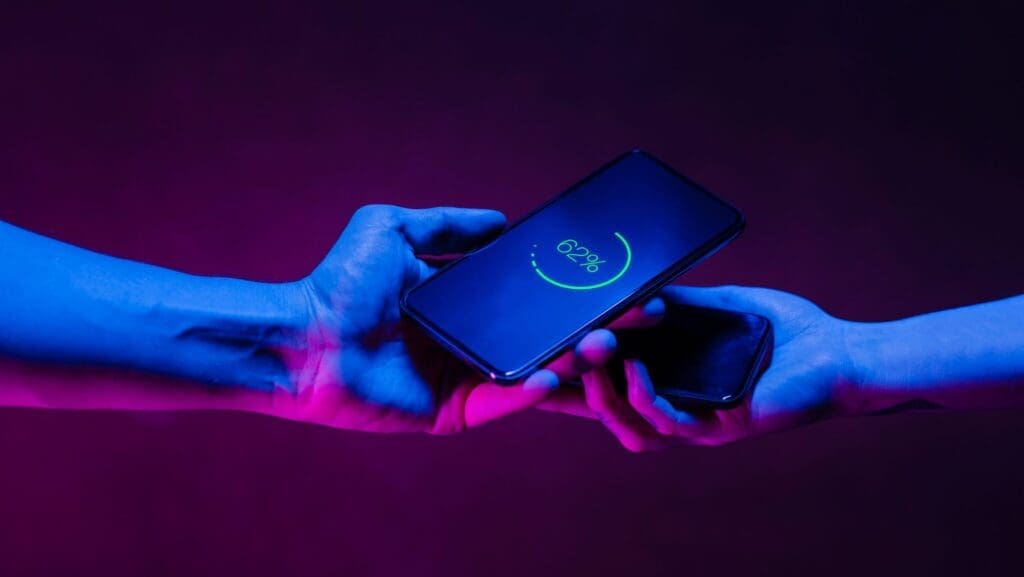Harnessing AI for Standard Essential Patents

How AI Patent Tools Support Decision Making in SEP Licensing
At this year’s Global Standards Leadership Conference 2024, held at Berkeley, Tim Pohlman, SEP Analytics Director & Founder of IPlytics, delivered the keynote address to kick off the one-day conference.
At LexisNexis® Intellectual Property we are passionate about discussing the intricacies of patents, standards, and data, and how AI patent analytics can transform these fields. The world of standardization, particularly in cellular technologies, is incredibly complex. Cellular standards evolve continuously through generational releases. For example, your phone, depending on when it was manufactured, may operate on different versions of these standards, such as 4G or 5G. It also has various applications and protocols for diverse use cases, ranging from user equipment to infrastructure components like base stations. With IoT the complexity is even more increased and 4G and 5G support protocols such as V2X, NB-IoT, LTE-M or LTE Cat1 as illustrated below.

Connecting the dots
Understanding which products utilize these evolving standards and how they do so is a significant challenge. As we are deeply entrenched in the standards world, we think about how these complexities relate to patents. We realized early on that patents and standards, while inherently connected, often appear as disparate datasets. However, patent declarations, which are published by standards bodies, provide a crucial link. By connecting patent numbers with technical specifications, we can uncover whether a patent is relevant to a specific standard and assess its status and applicability.

AI patent tools are needed because of data challenges
This process, however, is fraught with complexities. For instance, the cellular sector alone has over a million declared patents, many of which are linked to multiple technical specifications. In our database, we handle millions of documents. And this is not just limited to cellular standards but encompassing various other standards as well. When we delve into the specifics, such as comparing patent claims to sections of standards, the number of combinations and connections becomes staggering, illustrating the immense data complexity.
Whole complexity of the data is one challenge we have learned to handle. We face two primary data challenges that are much more severe: over-declaration and under-declaration:
- Over-declaration occurs by design, driven by Intellectual Property Rights policies requiring early patent declarations. It is often based on provisional patents. Here patents are declared before claims are final, and often before the standards are final. Studies suggest that a significant portion of these declared patents—possibly up to 85%—are not actually essential. This over-declaration results in a substantial amount of irrelevant data.
- Under-declaration is a major issue in standards like Wi-Fi, video codecs (HEVC, VVC), audio codecs (AAC, OPEC), and Qi Wireless. Many companies make blanket statements about their patents and fail to provide any patent numbers. This lack of data hampers the transparency necessary for effective licensing and comparison of patent portfolios.
Understanding the SEP landscape and the royalty stack
Licensing negotiations hinge on accurate and comprehensive data. Companies seeking returns on their SEP investments need to substantiate the value of their portfolios. They must also see how this value compares to other portfolios in the market. Without clear information about other relevant patents, it’s challenging to determine market share and make informed licensing decisions. This is particularly true for newcomers to SEP licensing, such as smart meter or automotive companies, who may be unfamiliar with these complexities.
As a standards implementer, you need to understand:
- The share of patents a patent pool program covers.
- Which other patent holders will also ask for royalties.
- The existence of companies you may not be aware of (unknown licensors) such as patent assertion entities who have recently acquired SEP portfolios.
This lack of data creates many uncertainties and question marks, as illustrated in the figure below.

Can AI-based patent tools help to overcome the data challenge?
As we strive to address these issues, many ask whether AI patent tools can help. At IPlytics, now part of LexisNexis, we leverage extensive AI expertise and resources. While AI holds promise, it requires high-quality training data and expert oversight. Garbage in, garbage out, as the saying goes. Standards experts with years of experience remain crucial for interpreting AI-generated insights. But this is currently manual work that can be done much more efficiently.
Our approach to using AI involves comparing patent claims to standard sections to filter out irrelevant patents and identify likely standard essential patents. This method, though not perfect, significantly reduces the burden of over-declaration and helps prioritize patents for expert review.

Classification Powered by Cipher
Moreover, we are excited about Cipher AI, a technology acquired by LexisNexis that classifies patents using positive training sets. This AI can identify patents related to specific standards, even in areas with limited declaration data, providing valuable insights for both licensors and licensees. The objective is to pinpoint patents associated with specific standards, such as Wi-Fi 6, HEVC/VVC, Qi, and AAC, that qualify as potentially standard essential. We refer to these as “Undeclared Patents”. While not perfect, the resulting patent landscape will include both SEPs and non-SEPs. This will allow users to independently determine how to navigate and refine it. These additions help in creating a more comprehensive and accurate picture of the patent landscape. This facilitates more informed decisions in licensing negotiations. Below is a list of standards with incomplete SEP information. At IPlytics we are able to add information on “undeclared patents”:

As we continue to refine our methods and expand our analysis across various technologies, our goal is to enhance transparency and facilitate more informed decisions in SEP licensing. We have detailed reports on these topics, including analyses of 5G, video codecs (HEVC/VVC), W-Fi, Qi Wireless and more.
Access the presenter’s slides.
Reports on Standard Essential Patents

Who Is Leading the 5G Patent Race?

Who Leads the Qi Wireless Charging Patent Race?

Who Is Leading the VVC Patent Race?
Sign Up to Our Monthly Newsletter

Fill out the form to receive IP Insider, a monthly newsletter containing insights into the evolving patent landscape.
Join the AI-Insider program to shape the future of AI in IP Solutions
Members of the PatentSight+ AI-Insider program will lead the advancement of artificial intelligence in intellectual property and help revolutionize the way high-value strategic insights can be gained from
AI-powered IP search and analytics.

- Exclusive Access: Get early access to information on our latest AI products.
- Early insights: Shape the future of AI solutions by feedback in focus groups.
- Be on the Inside Track: Gain privileged access to resources, events, and updates.
